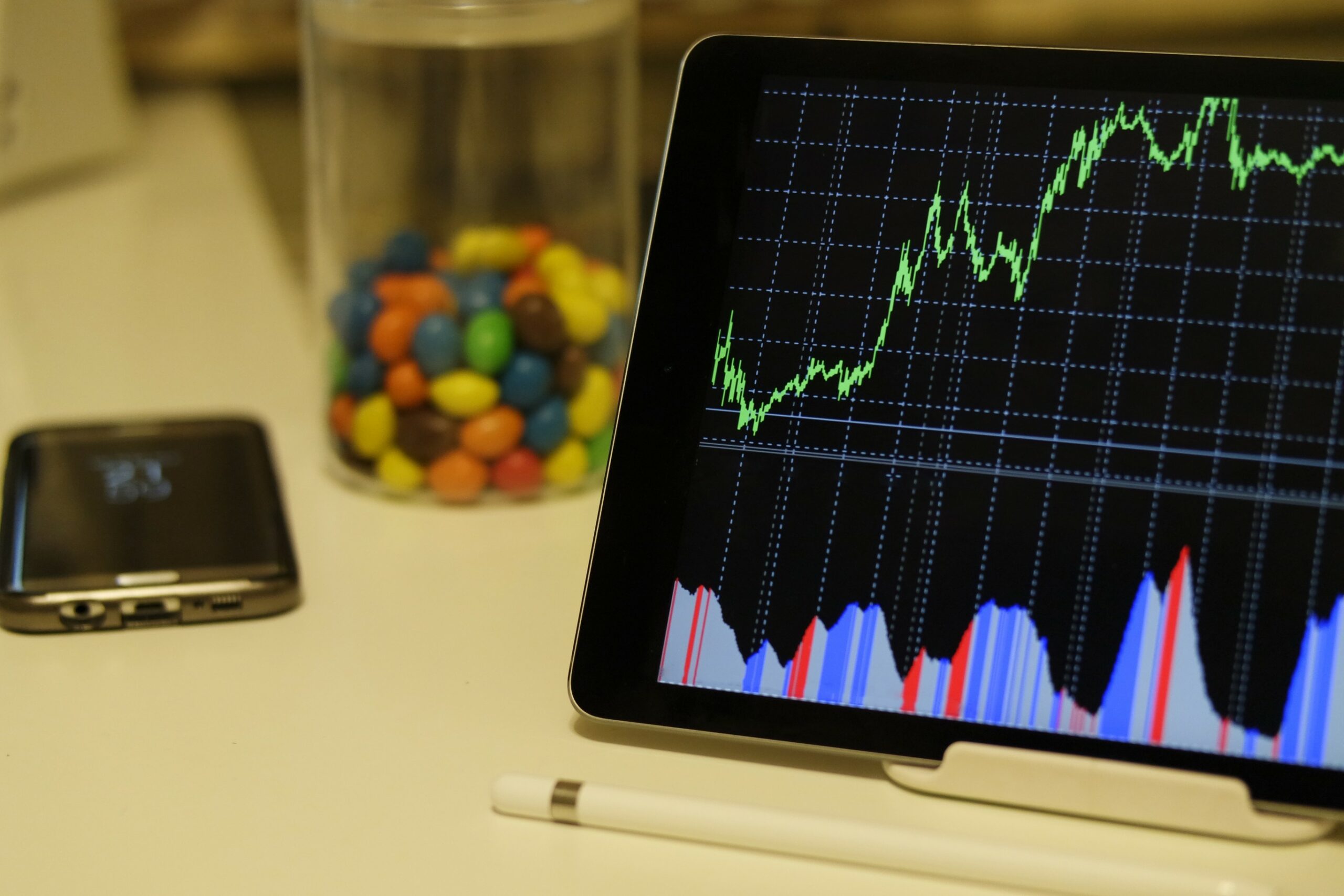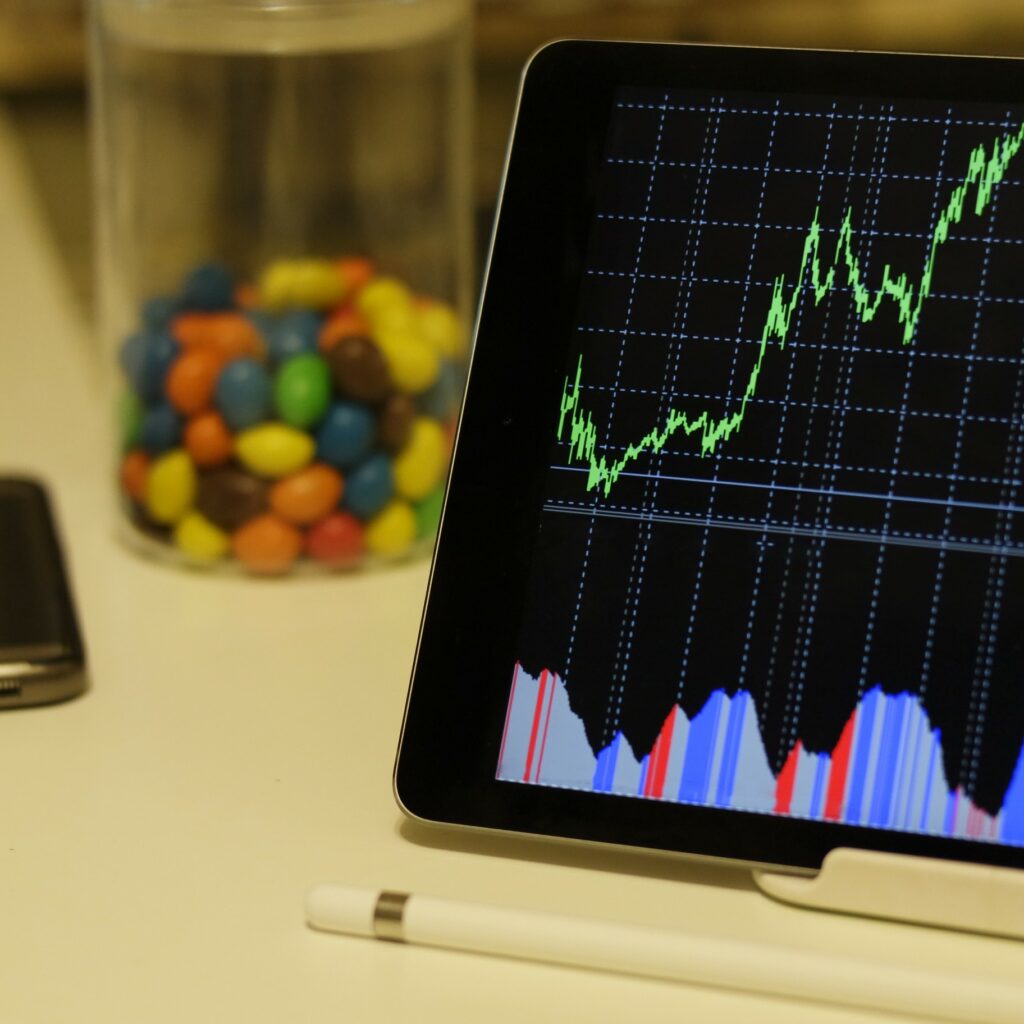In futures trading, long and short positions refer to the direction in which traders speculate on the price movement of an underlying asset. A long position is taken when a trader believes that the asset’s price will increase in the future, while a short position is taken when a trader believes that the asset’s price will decrease.
This article will explore the basics of this trading and also assess market trends and techniques.
Exploring the Basics of Long and Short Positions in Futures Trading
Futures trading is a financial strategy that empowers traders to buy or sell an asset at a predetermined price on a specific date. It serves a dual purpose: acting as a hedge against price fluctuations and as a conduit for speculating on the asset’s forthcoming price dynamics where Going Long vs Going Short must be understood.
In finance and investing, long and short positions are fundamental concepts. Unlike stock trading, which involves company share ownership, futures trading revolves around contracts. These contracts impose an obligation on the buyer to acquire and the seller to relinquish the underlying asset at a prearranged price at a future date. This contractual facet of futures trading ushers in a unique blend of risk and reward, rendering it an exceptionally flexible financial instrument.
Both long and short positions have advantages and risks and can be used in various investment strategies. It’s crucial to thoroughly understand these concepts and consider your risk tolerance and investment goals before engaging in either position.
Analyzing Market Trends for Long and Short Positions
Looking at market trends is crucial for making informed decisions in futures trading, whether you are considering long or short positions. Some of the key factors include:
- Technical Analysis
Utilize technical indicators and chart patterns to identify trends and potential entry or exit points. This includes studying moving averages, support and resistance levels, trend lines, and oscillators like the Relative Strength Index (RSI) or Moving Average Convergence Divergence (MACD).
- Fundamental Analysis
Stay updated on market news, economic data, and geopolitical events that can impact the futures market. Understand how these factors can influence supply and demand dynamics, affecting underlying asset prices.
- Risk Management
Implement proper risk management techniques, such as setting stop-loss orders and position sizing, to protect your capital and manage potential losses. This is crucial for long and short positions, as market conditions can change rapidly.
Advanced Techniques for Long and Short Positions
Regarding futures trading, there are advanced techniques that traders can use to take both long and short positions. These techniques can help manage risks effectively. Here are a few advanced techniques for long and short positions in futures trading:
- Spread Trading
This involves taking simultaneous long and short positions in different contracts of the same underlying asset. The goal is to profit from the price difference between the two contracts. For example, a trader may go long on a near-month contract and short on a far-month contract.
- Options Strategies
Options can be used to create complex strategies for long and short positions. For instance, a trader can use a combination of call and put options to create a synthetic long or short position. Options strategies provide flexibility and can be tailored to specific market conditions.
- Pair Trading
This strategy involves taking long and short positions in two related futures contracts. The idea is to profit from the relative performance of the two contracts. For example, a trader may go long on one stock index futures contract and short on another stock index futures contract.
Overall, a strong and deep understanding of futures trading and long and short positions is essential to come up with a sound and informed trading strategy.

